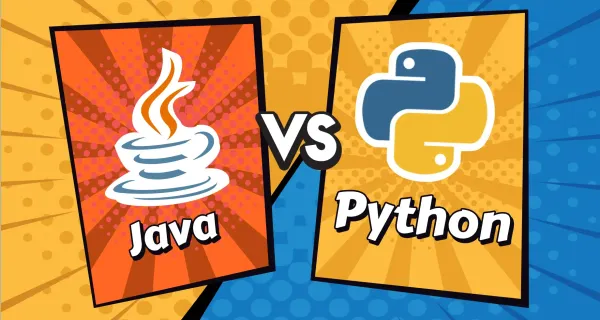Machine Learning For Kids

Remember when computers were giant bulky machines, as big as the size of your room? All they could do was solve maths problems super fast, but nothing more. But today we have come so far and educational computers have evolved from simple calculators to super computers.
All of this happened because scientists came up with something amazing—machine learning! They thought, “What if computers could learn from experience, just like humans?” Now, computers can recognize faces, predict the weather, play games, and even talk to us.
But how does this work? Let’s find out!
What is Machine Learning?
Let’s make machine learning for kids like you simple with an example:
When you were little, you didn’t know what a dog or a cat was. But when you saw a furry creature and someone said, “That’s a dog!” enough times, you remembered. Over time, you got so good at it that now, the moment you see a dog, you just know—without even thinking!
Machines are learning the same way! Instead of programming computers with strict rules, we show them lots and lots of examples, and they learn to recognize patterns, and then they can think on their own.
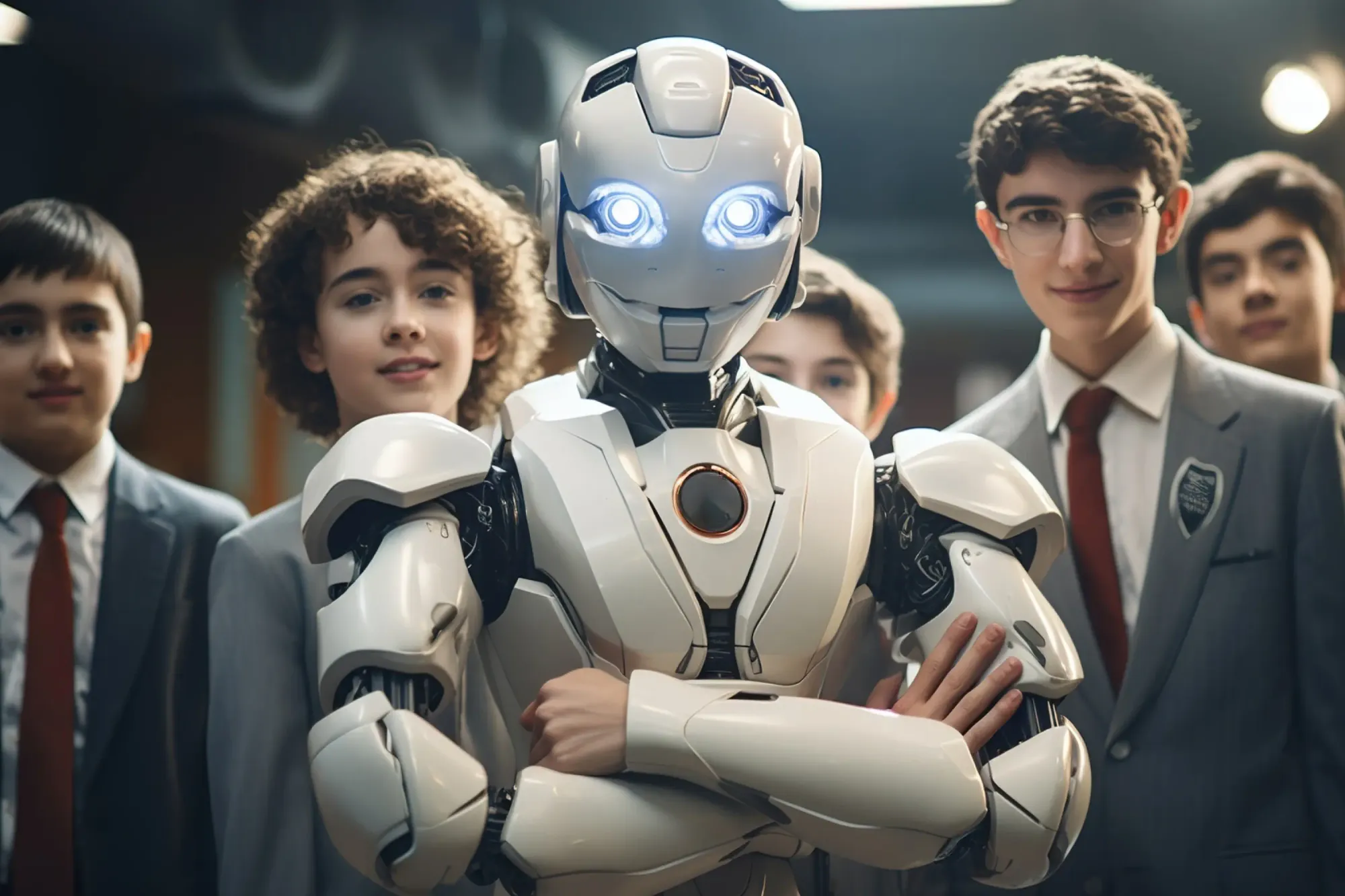
How does Machine Learning Work?
Imagine you have a robot friend. At first, it doesn’t know anything about fruit. But you want to teach it to recognize apples.
- You show it hundreds of pictures of apples—big apples, small apples, red apples, green apples.
- Each time, you say, "This is an apple."
- The computer looks at the pictures carefully and tries to find similarities—apples are usually round, they can be red or green, and they have a little stem on top.
- At first, it makes mistakes. It might think a tomato is an apple because they’re both round and red. But you correct it!
- Over time, with more practice, the robot gets really good at recognizing apples all on its own!
This process of learning from examples is called training a model. The more examples it sees, the smarter it gets! That sounds interesting right, but does it even work in real life? Let us show you.
Start your kids Coding journey with our Live, 1:1 Mentorship Program. Click the banner below and Request a Call Back!
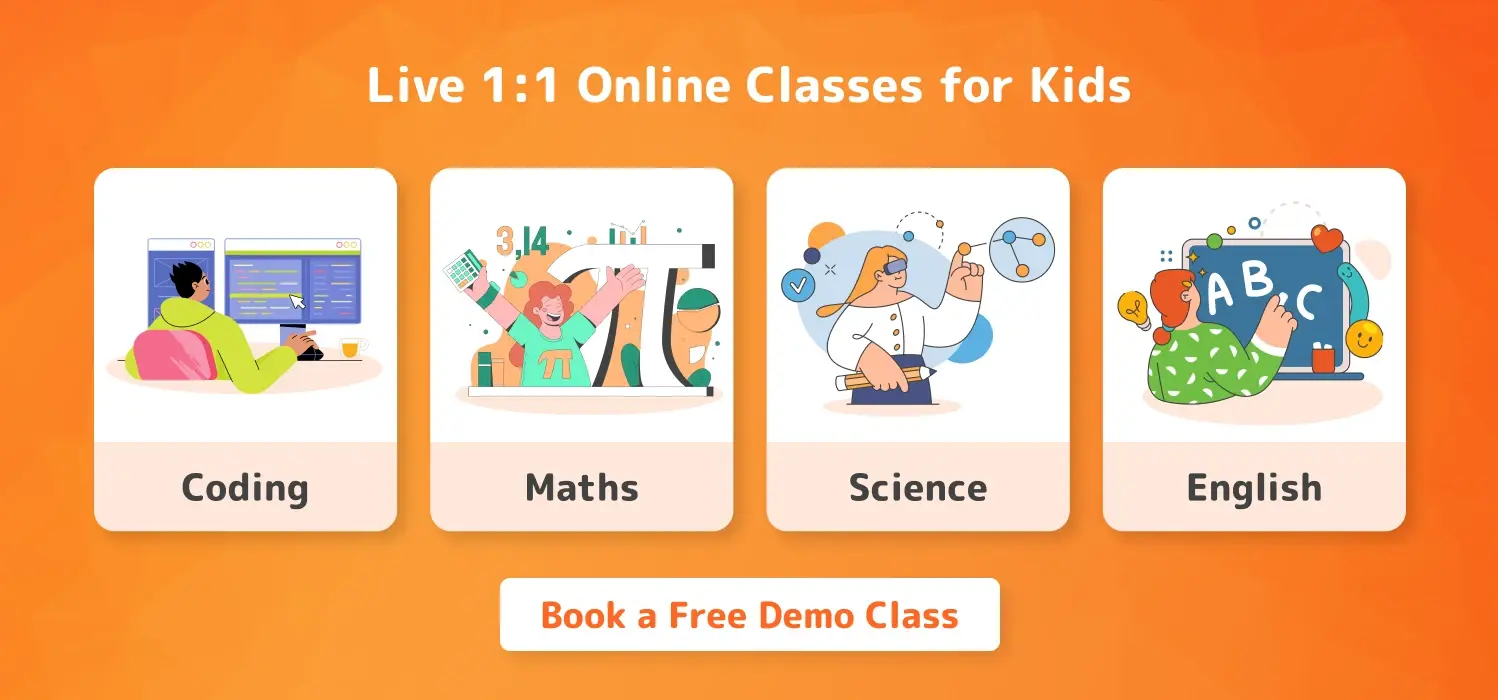
Machines are Learning! (Real-life Examples)
You might not realize it, but machine learning is everywhere! Be it from your favourite video games to your music apps, you use it in daily life without even realizing it. Here is machine learning at work in day-to-day life:
- Music Apps: Have you ever noticed that apps like YouTube or Spotify recommend songs you like? That’s because they learn from what you listen to! If you play a lot of happy pop songs, the app will suggest similar ones.
- Video Games: Some games have characters that get smarter the more you play. If you always take the same shortcut, the game might figure it out and try to block you next time!
- Photo Apps: Some phones can recognize your pet’s face and even make a special album of just their pictures. That’s because the computer learns what your pet looks like!
Do you want to try your hands on training machines? Don’t worry; getting started is as easy as children’s learning computer.
Can You Teach a Computer?
You don’t need to be a scientist to train a computer. There are fun websites that let you experiment with machine learning, like:
- Teachable Machine by Google: You can upload pictures, sounds, or even poses and teach the computer to recognize them.
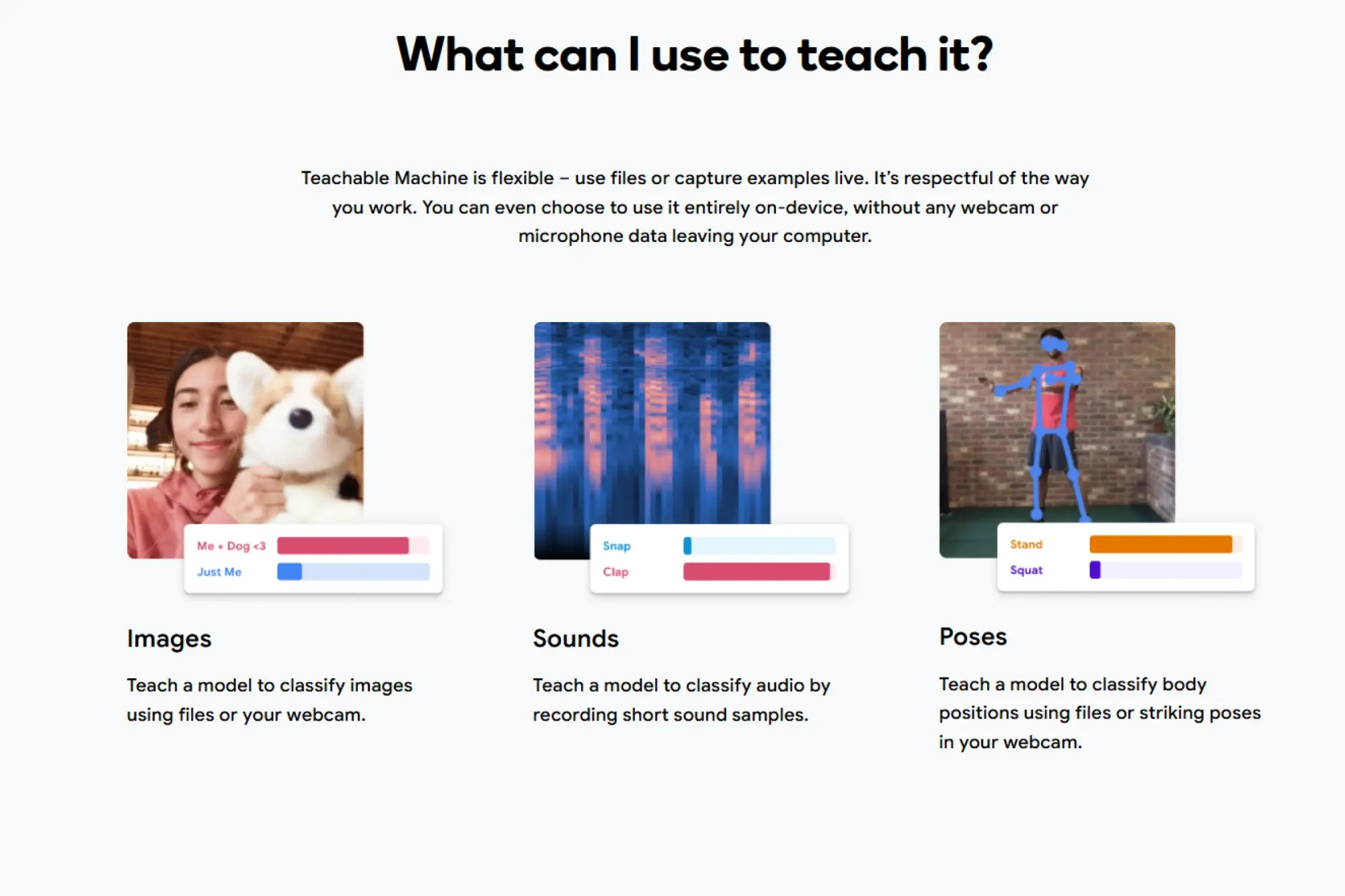
- Scratch: You can make a catch game in Scratch or use blocks to train a computer to play a game or recognize words.
For a step-by-step guide, check out Ultimate Guide to Scratch Programming!
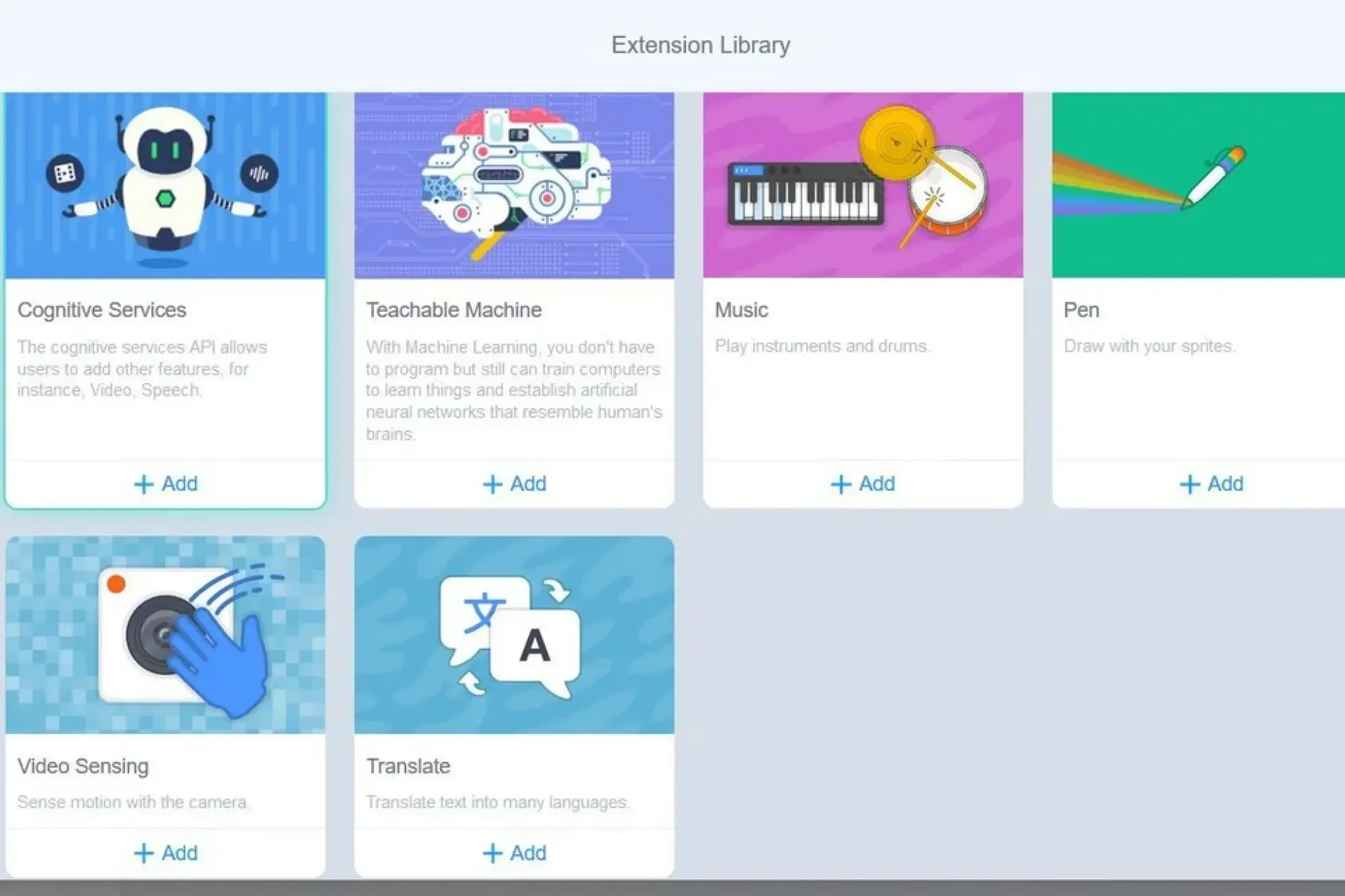
- Quick, Draw! This is a fun game where the computer tries to guess what you’re drawing based on patterns it has learned.
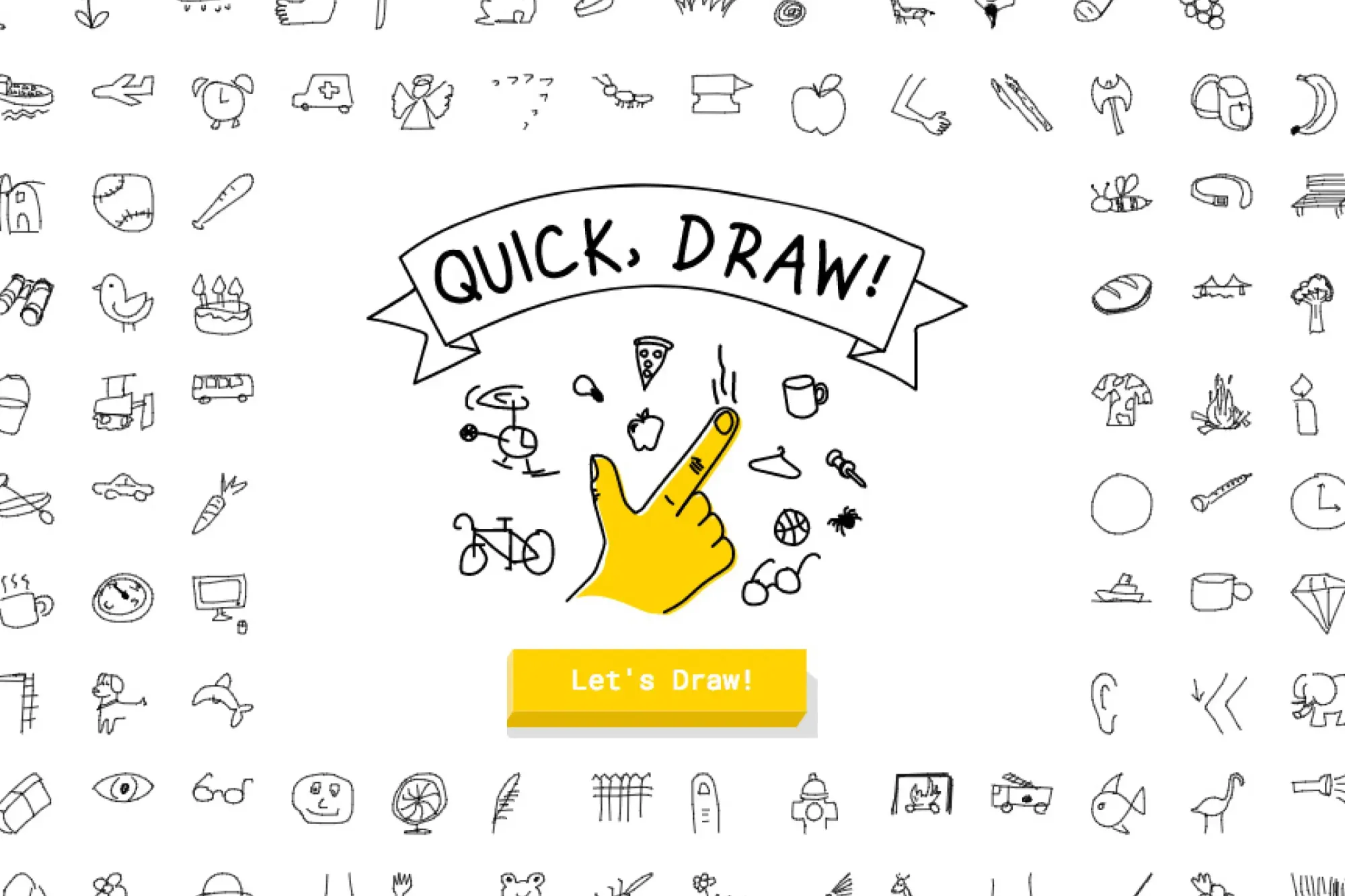
Final Thoughts
There you have it, dear readers: machine learning for kids. The possibilities are endless in machine learning and we believe that children learning about machine learning is very important.
Not only will it give them a headstart in their educational journey, but it will also foster curiosity and problem-solving skills. Who knows, your kid might be the one who helps solve some of the biggest world problems with machine learning.
FAQ
Q.1 Can educational computers teach machine learning?
Yes! Educational computers, like Raspberry Pi and AI-powered learning kits, can help teach machine learning. They allow kids to experiment with hands-on projects, such as recognizing images, voice commands, or even training a simple AI model.
Q.2 Does machine learning mean computers can think like humans?
Not exactly. Machines learn patterns and make decisions based on data, but they don’t have emotions or creativity like humans.
Q.3 Where can I find more resources to learn machine learning for kids?
Websites like Code.org, Google AI Experiments, and MIT’s Scratch offer great interactive lessons for beginners.
Q.4 What skills do kids need to learn machine learning?
Basic logic, curiosity, and problem-solving skills are enough! As they grow, they can learn coding languages like Python for more advanced projects.
